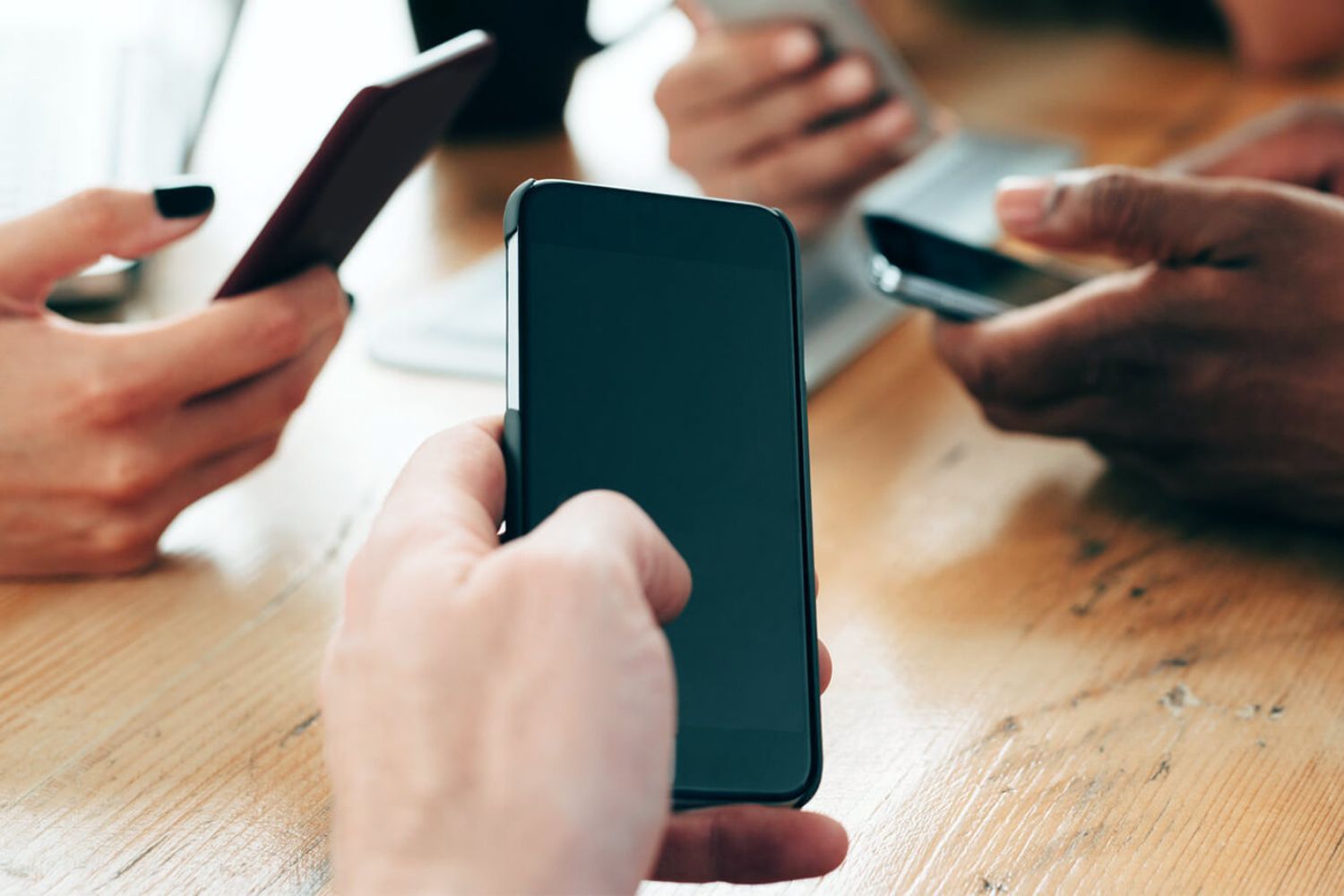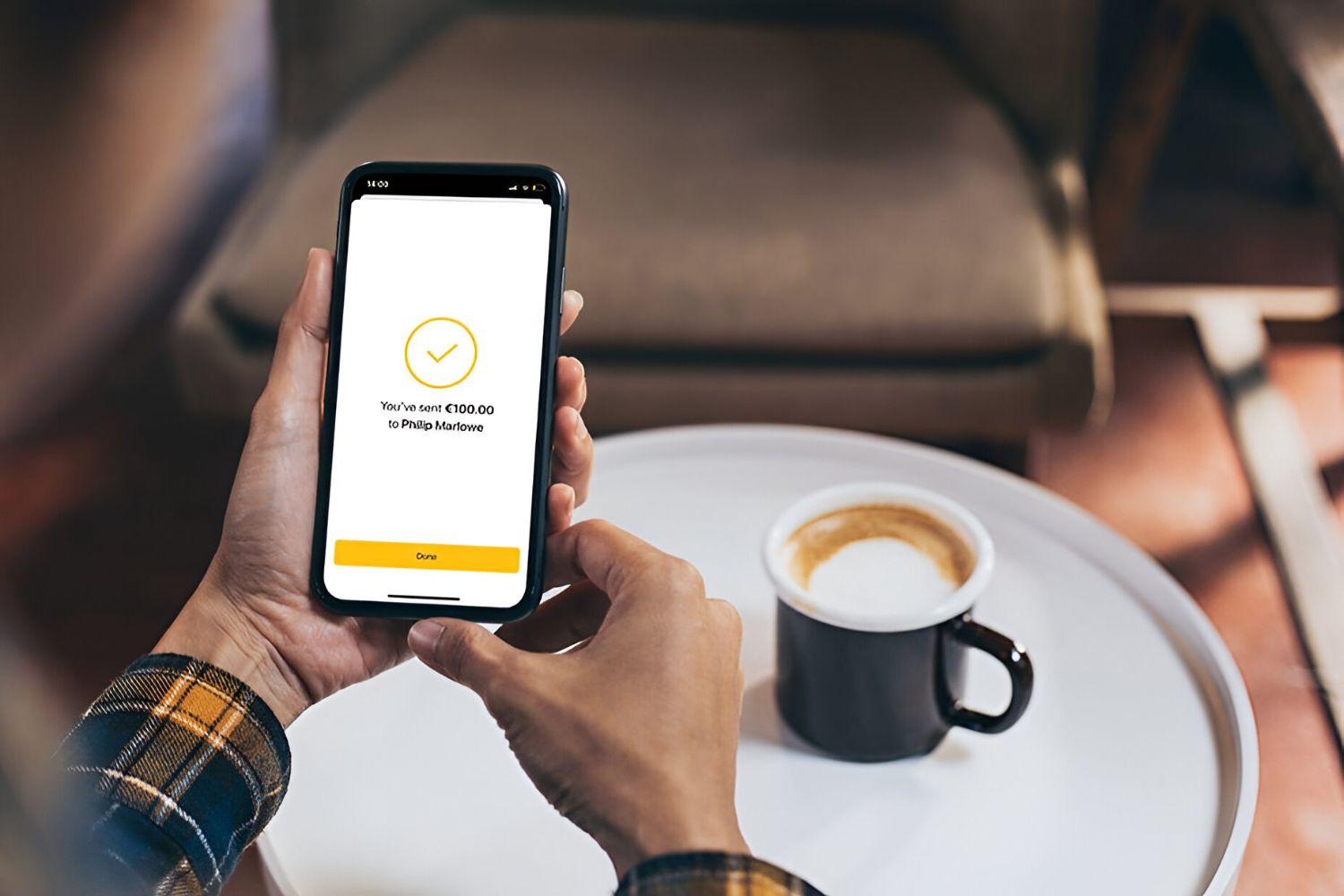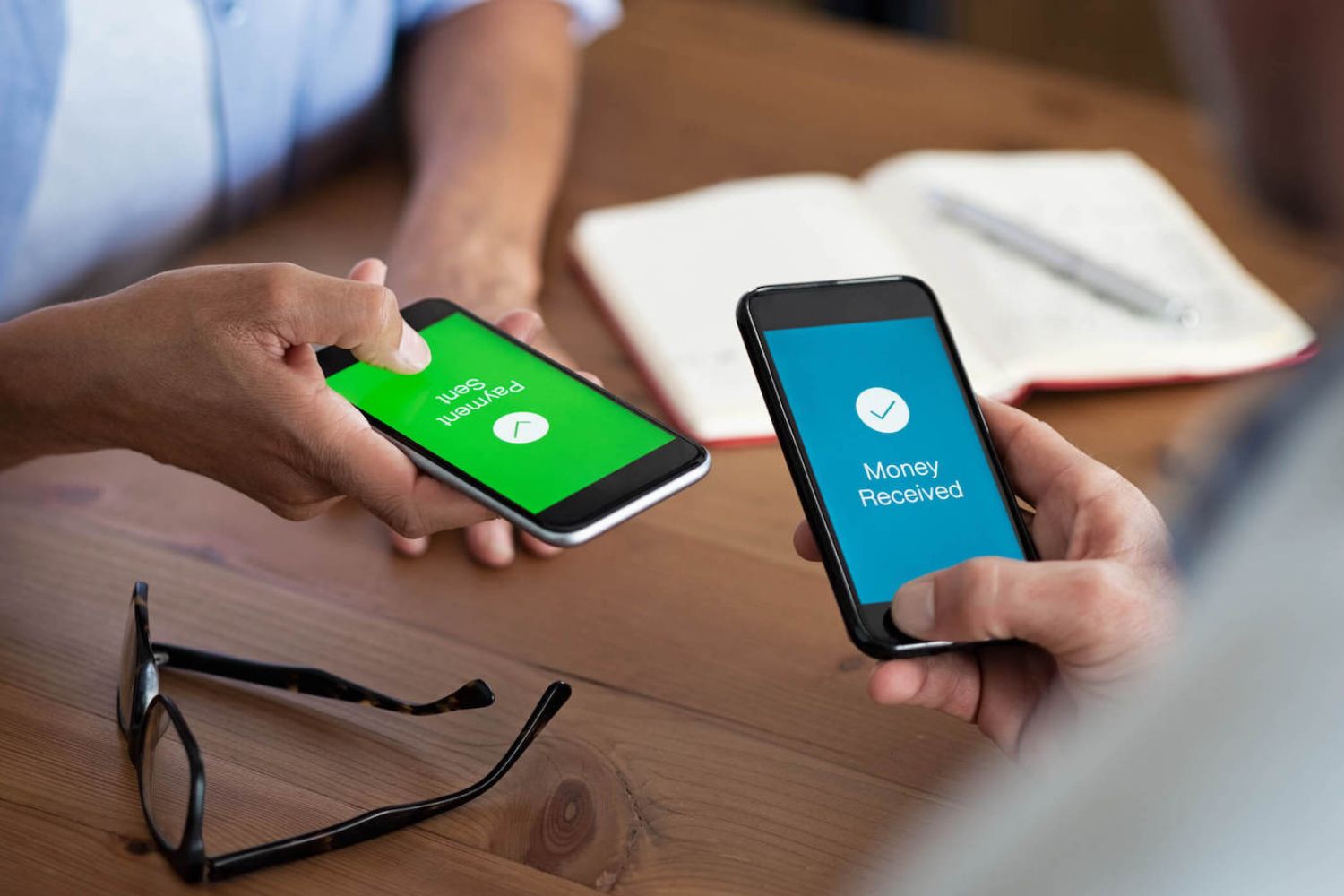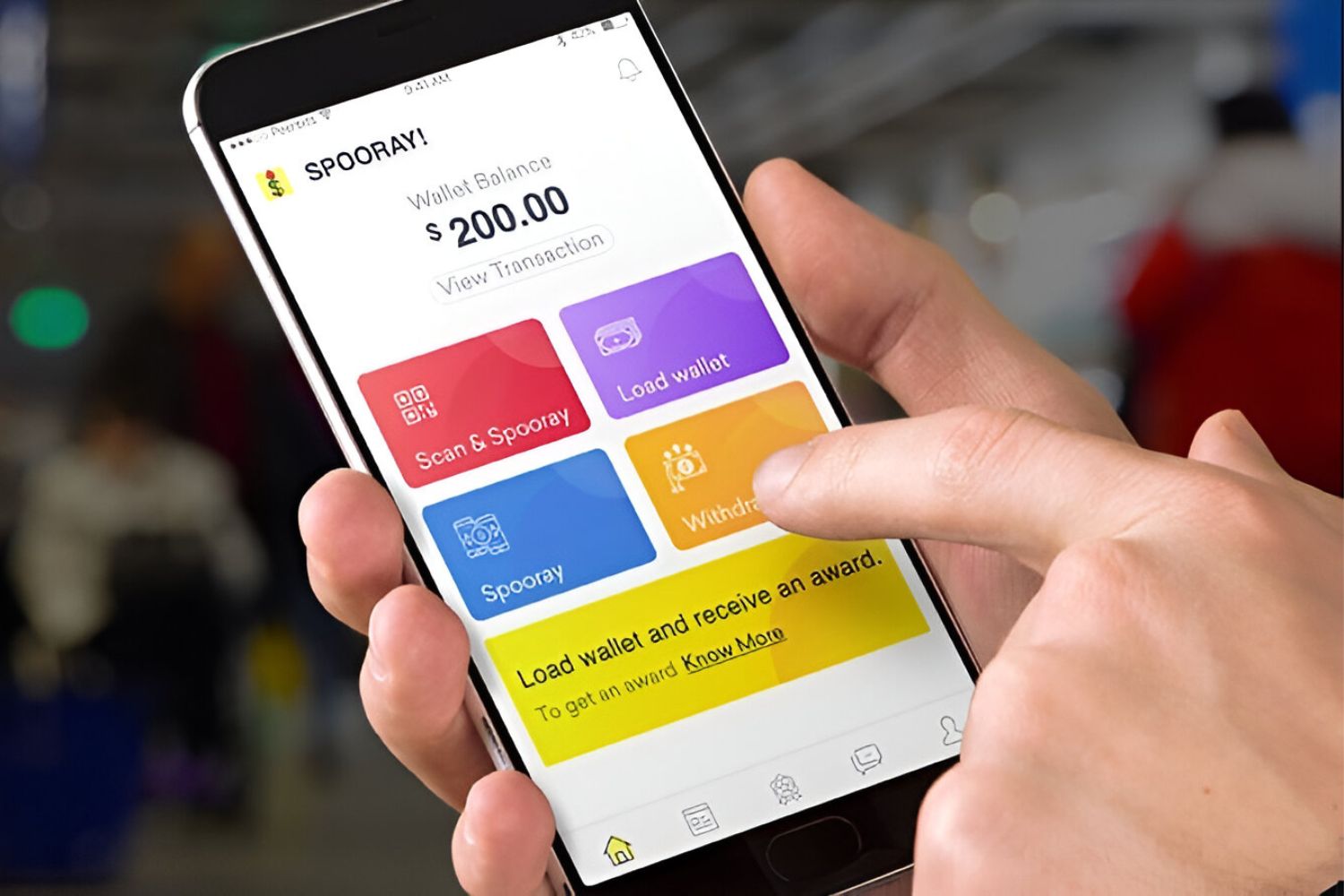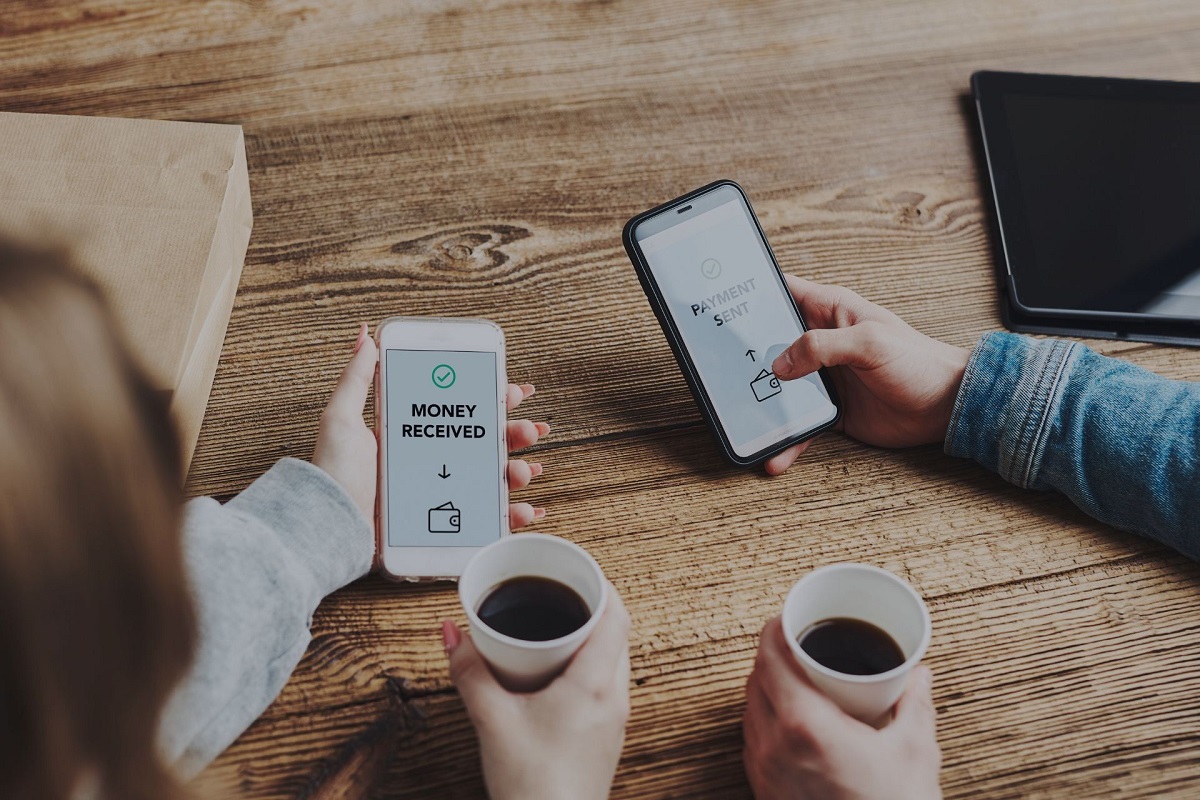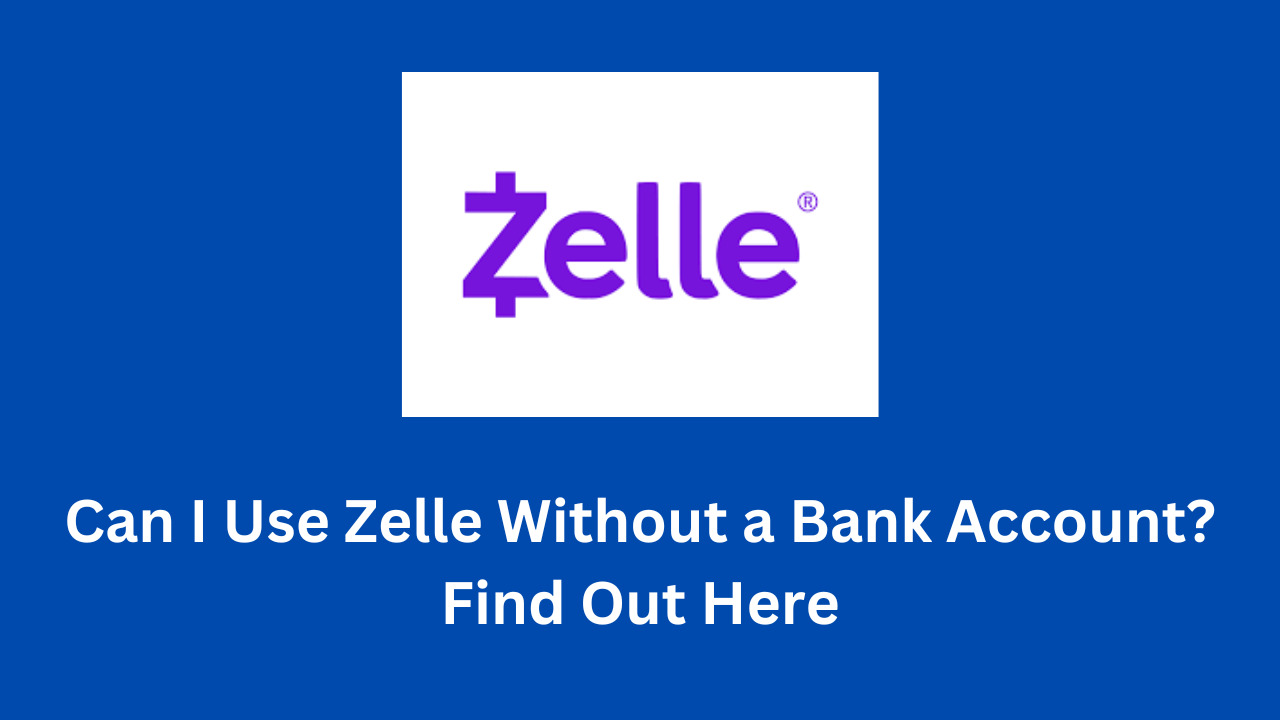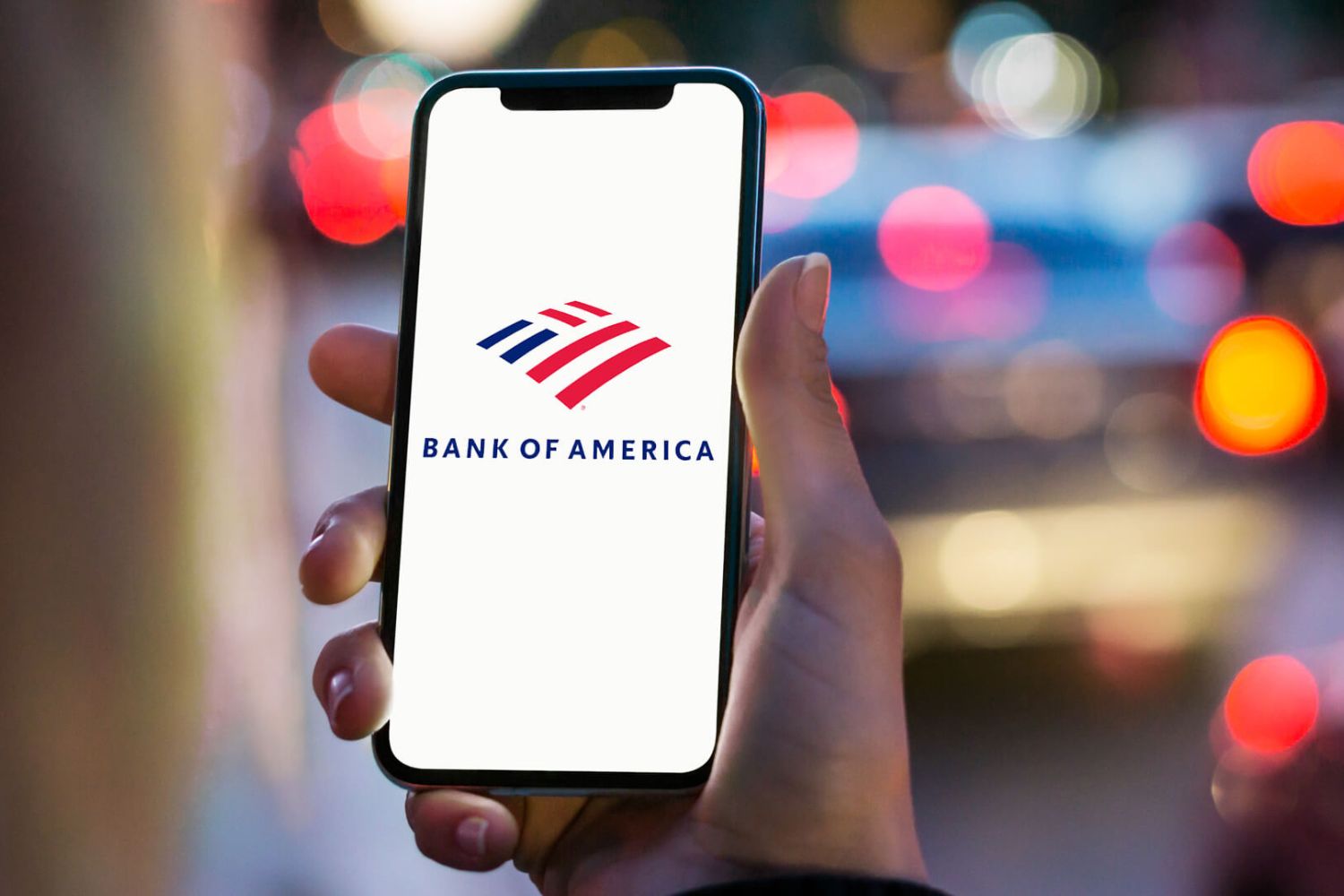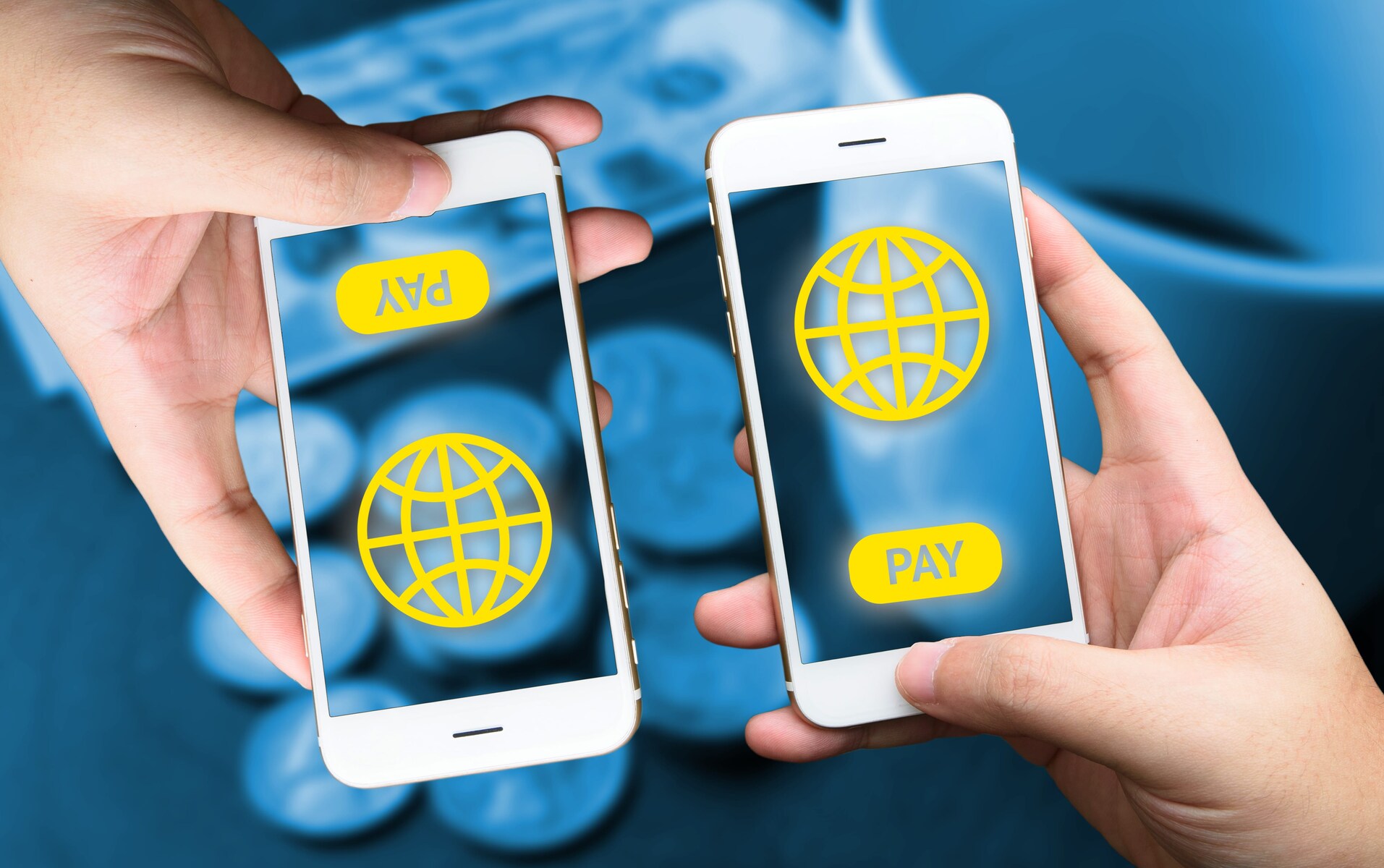Introduction
Peer-to-peer (P2P) payments have revolutionized the way we transfer money to friends, family, and even merchants. With just a few taps on our smartphones, we can send funds instantly without the need for cash or physical cards. However, one common question that arises when using P2P payment platforms is, “How do you find a user to send the funds to?”
When it comes to P2P payments, finding the right recipient is a crucial step in the process. Whether you’re splitting a bill, reimbursing a friend, or making a personal payment, it’s essential to ensure that you’re sending the funds to the correct person. This not only avoids mistakes and potential financial losses but also enhances the overall security and reliability of the transaction.
To help you find a user to send the funds using P2P, we have put together some useful tips and strategies. Whether you’re a beginner or an experienced P2P payment user, these insights will assist you in navigating through the process and ensure a seamless experience.
Before we dive into the specifics, it’s important to note that there are several P2P payment apps available in the market, each with its unique features and functionalities. Some popular platforms include Venmo, PayPal, Cash App, and Zelle. Depending on your location and personal preferences, you can choose the app that best suits your needs.
With that being said, let’s explore the various methods to find a user for your P2P payments.
Understanding P2P Payments
Before we delve into the process of finding a user for P2P payments, it’s important to have a clear understanding of what P2P payments are and how they work.
Peer-to-peer payments refer to the transfer of money between individuals without the involvement of traditional financial intermediaries such as banks. This direct transfer can be done through various digital platforms or mobile apps, making it quick, convenient, and secure.
The process typically involves linking your bank account or credit card to a P2P payment app. Once set up, you can send or receive funds by simply entering the recipient’s details, such as their mobile number or email address.
One key advantage of P2P payments is the speed of transactions. Unlike traditional methods like writing and mailing checks or scheduling bank transfers, P2P payments occur instantly, allowing for immediate access to the funds.
Security is another crucial aspect of P2P payments. Payment apps utilize advanced encryption technologies and authentication methods to ensure that your financial information remains safe and protected.
Furthermore, P2P payments have eliminated the need for cash transactions, making it more convenient for individuals to settle bills, split expenses, or pay back borrowed money. It simplifies the payment process, reduces the risk of carrying cash, and provides a digital record for easier tracking and accountability.
The popularity of P2P payments has skyrocketed in recent years, with millions of users embracing this modern method of transferring money. Whether it’s splitting the bill at a restaurant, contributing to a group gift, or reimbursing a friend, P2P payments have become an integral part of our everyday financial transactions.
Now that we comprehend the fundamentals of P2P payments, let’s explore why finding the right user is essential for a successful transaction.
Why Finding a User is Important
When it comes to P2P payments, finding the correct user to send the funds to is critical for several reasons.
First and foremost, accuracy is of utmost importance. Sending money to the wrong person can lead to financial losses and complications. With P2P payments, once the funds are sent, it can be challenging to retrieve them. Therefore, ensuring that you have the correct recipient’s information is crucial to avoid any potential mistakes.
Secondly, choosing the right user enhances the overall security and reliability of the transaction. By ensuring that the person you are sending money to is the intended recipient, you minimize the risk of fraudulent activities or scams. P2P payment apps provide various security measures, but it’s essential to do your part in verifying the user’s identity before initiating the transaction.
Additionally, finding the right user streamlines the payment process. It eliminates the need for back-and-forth communication or clarification, which can be time-consuming and inconvenient. By having the correct recipient information upfront, you can make the P2P payment quickly and efficiently, saving both parties time and effort.
Finding the right user also contributes to the trust and confidence in the P2P payment system. When users have positive experiences and can rely on the accuracy of the transactions, it strengthens the overall trust in these platforms. This, in turn, encourages more individuals to embrace P2P payments as a convenient and reliable method of transferring money.
Lastly, verifying the recipient’s identity ensures that the funds reach the intended person, fulfilling your financial obligations and commitments. This is particularly important when it comes to personal payments, bill splitting among friends, or reimbursing someone for goods or services. By finding the right user, you can ensure that the funds are delivered to the correct individual, maintaining trust and accountability.
Overall, finding the correct user for your P2P payment is essential for accuracy, security, efficiency, trust, and reliability. Taking the time to verify the recipient’s information will help you navigate through the process seamlessly and ensure a successful transaction.
Tips for Finding a User for P2P Payments
When it comes to finding a user for your P2P payments, there are several strategies and tips that can assist you in locating the right recipient. Consider incorporating these methods to ensure a smooth and successful transaction:
- Use P2P Payment Apps: P2P payment apps like Venmo, PayPal, Cash App, and Zelle have user-friendly interfaces that allow you to search for recipients using their usernames, phone numbers, or email addresses. Utilize the search function within the app to verify the recipient’s details before initiating the payment.
- Utilize Social Media Platforms: If you’re unable to find the recipient within the P2P payment app, consider using social media platforms. Many individuals link their P2P payment usernames or contact information in their profiles. Conduct a quick search on platforms like Facebook, Instagram, or Twitter to find and verify the correct user.
- Ask Friends and Family: If you’re unsure about the recipient’s details, reach out to your friends or family members who may have interacted with the intended recipient. They may be able to provide the necessary information or verify the recipient’s identity.
- Join P2P Payment Communities or Forums: Online communities or forums dedicated to P2P payments can be valuable resources for finding users. Engaging with these communities allows you to connect with like-minded individuals who can provide guidance and share trusted user information.
- Explore Local Networks and Groups: If you’re seeking to make local P2P payments, consider joining local networks or groups within your community. Platforms like Nextdoor or community Facebook groups often have sections dedicated to buying and selling or local services, where you can find trusted individuals for P2P transactions.
By incorporating these tips, you can increase your chances of finding the correct user for your P2P payments. Remember to verify the recipient’s identity before proceeding with the transaction to ensure accuracy, security, and a smooth payment experience.
Use P2P Payment Apps
P2P payment apps are specifically designed to facilitate seamless and secure transactions between users. They offer a range of features that make finding a user for your P2P payments a straightforward process.
When using a P2P payment app, such as Venmo, PayPal, Cash App, or Zelle, you can search for recipients using their usernames, email addresses, or phone numbers. This search function allows you to verify the recipient’s identity before initiating the payment, ensuring that you are sending funds to the correct person.
These apps also offer additional features to enhance the user experience. For example, you can add notes or memos to the transaction to specify the purpose of the payment. This can help both parties track and reference the payment in the future.
Another benefit of using P2P payment apps is the ability to link your bank account or credit card directly to the app. This provides a seamless way to transfer funds quickly without the need for additional steps or manual input of payment information.
Additionally, P2P payment apps often have built-in security measures to protect users from fraudulent activities. They employ encryption technologies and multi-factor authentication to ensure that your financial information remains safe and secure.
It’s important to keep in mind that different P2P payment apps may have varying features and user interfaces. Take the time to familiarize yourself with the specific app you’re using, explore its functionalities, and understand its security measures to make the most out of the platform.
In summary, utilizing P2P payment apps simplifies the process of finding a user for your P2P payments. They offer search functions, easy linkage to your bank account, additional transaction notes, and built-in security features. By using a P2P payment app, you can ensure a seamless and secure transfer of funds.
Utilize Social Media Platforms
Social media platforms are not just for connecting with friends and sharing updates; they can also be a valuable resource for finding users for your P2P payments.
When searching for a user on social media, start by checking the profiles of the intended recipient. Many individuals have their P2P payment usernames, such as Venmo or Cash App, listed in their bio or contact information. By verifying this information, you can ensure that you are sending the funds to the correct person.
Facebook, Instagram, Twitter, and LinkedIn are popular social media platforms where individuals may mention their P2P payment details. Utilize the search function within these platforms to find the intended recipient and gather the necessary information to initiate the payment.
Another way to utilize social media platforms is by reaching out to common connections. If you have mutual friends or followers with the recipient, consider sending them a direct message to confirm the recipient’s username or contact information. Mutual connections can provide the necessary reassurance and verification to ensure a secure transaction.
It’s important, however, to exercise caution when connecting with individuals through social media platforms. Be wary of potential scams or fraudulent profiles. Verify the authenticity of the person’s account by checking their activity, follower count, and engagement on their posts. Trust your instincts and only proceed with the transaction if you feel confident about the user.
Lastly, consider joining P2P payment groups or communities within social media platforms. These groups often have members who are familiar with the P2P payment process and can provide guidance or even connect you with trusted users. Engaging with these communities can expand your network, making it easier to find reliable recipients for your P2P payments.
In summary, social media platforms can serve as a useful tool for finding users for your P2P payments. Check the recipient’s profiles for P2P payment information, reach out to mutual connections for verification, and join P2P payment groups for guidance and connections. Utilizing social media platforms effectively can enhance the accuracy and security of your P2P payment transactions.
Ask Friends and Family
When it comes to finding a user for your P2P payments, one of the most reliable sources of information can be your own network of friends and family. They can provide valuable insights and help you verify the recipient’s details before initiating the payment.
If you’re unsure about the intended recipient’s information, reach out to your friends or family members who may have interacted with the person in question. They may be able to provide you with the correct P2P payment username, email address, or phone number associated with the recipient’s account.
If you have mutual contacts with the recipient, consider reaching out to them for verification. Mutual connections can vouch for the person’s identity and ensure that you are sending the funds to the right individual.
Furthermore, your friends and family members may have firsthand experience in using P2P payment apps and can provide advice on the best practices and any challenges they have encountered. By leveraging their knowledge, you can navigate through the process with confidence and make informed decisions.
While asking friends and family for assistance, it’s important to respect their privacy and only share relevant details about the transaction. Confidential and sensitive information, such as account numbers or financial data, should not be disclosed or exchanged casually. Focus on verifying the user’s identity rather than sharing personal financial information.
By reaching out to your trusted network, you can ensure that the user you are sending funds to is authentic and avoid any potential errors or fraudulent activities. This added layer of verification instills confidence and accountability in P2P payment transactions.
In summary, don’t hesitate to ask your friends and family for help when finding a user for your P2P payments. They can provide valuable information, verify the recipient’s details, and share insights based on their own experiences. By leveraging your network, you can ensure the accuracy and security of your P2P payment transactions.
Join P2P Payment Communities or Forums
Joining P2P payment communities or forums is a great way to connect with like-minded individuals who have experience with P2P payments. These communities provide a platform for discussing best practices, sharing insights, and even connecting with trusted users for P2P transactions.
When searching for P2P payment communities or forums, consider platforms like Reddit, Quora, or specialized P2P payment communities. These online communities have dedicated sections or threads where users can ask questions, seek advice, and share their own experiences.
Engaging in these communities allows you to tap into a wealth of knowledge and expertise. You can gain insights into the best P2P payment apps, security measures, and strategies for finding reliable users. Members often share personal recommendations or cautionary tales, which can help you navigate through the process more effectively.
Within these communities, you may also come across users who are willing to connect for P2P transactions. Fellow community members who have established a positive reputation and have a history of successful transactions can be trusted recipients for your P2P payments.
However, it’s important to exercise caution when engaging with users from online communities. While many members are genuine and trustworthy, there may be individuals who have malicious intent. Take the time to vet potential recipients, review their transaction history or feedback, and communicate transparently to ensure a secure transaction.
By joining P2P payment communities or forums, you not only gain valuable insights into the P2P payment landscape but also have the opportunity to connect with individuals who are knowledgeable and experienced in this field. These communities foster a sense of trust and accountability, making it easier to find reliable users for your P2P payments.
In summary, consider joining P2P payment communities or forums to connect with individuals who have experience with P2P payments. Engaging in these communities allows you to gain insights, seek advice, and connect with trusted users for P2P transactions. Remember to exercise caution and verify the credibility of potential recipients before proceeding with the payment.
Explore Local Networks and Groups
When it comes to finding a user for your P2P payments, exploring local networks and groups can be a valuable strategy. These local connections provide a sense of familiarity and trust, making it easier to find reliable recipients for your transactions.
Consider joining local networks or groups within your community that are centered around buying, selling, or local services. Platforms like Nextdoor, local Facebook groups, or community forums often have sections where individuals can post their offerings or seek assistance.
Within these local networks, you can find individuals who are open to P2P payments for various services or transactions. Whether it’s buying an item, hiring a local service provider, or contributing to a community fundraiser, there are opportunities to connect with trusted users.
Browsing through these local networks allows you to identify individuals who have established a presence within the community. Look for active members with positive feedback or recommendations. Engage in conversations, ask questions, and express your interest in making P2P payments. Through these interactions, you can build connections and establish a level of trust.
Additionally, attending local community events or meetups can be a great way to meet individuals who are involved in P2P transactions. Networking in person allows you to establish a face-to-face connection, which can enhance the trust and reliability of the P2P payment process.
Remember, communication is key when exploring local networks and groups for P2P payments. Clearly discuss the payment details with the recipient, including the amount, purpose, and preferred method of payment. Confirm the recipient’s contact information and make sure both parties are on the same page before proceeding with the transaction.
By exploring local networks and groups, you can tap into the trust and familiarity that comes with community connections. This not only simplifies the process of finding a user for your P2P payments but also strengthens the sense of accountability and reliability.
In summary, consider exploring local networks and groups to find users for your P2P payments. Join community platforms, attend local events, and engage in conversations to establish connections with trusted users. Leveraging local connections enhances the reliability and trustworthiness of your P2P payment transactions.
Conclusion
When it comes to P2P payments, finding the right user is crucial for accuracy, security, and a seamless transaction experience. We have explored several tips and strategies to help you locate the correct recipient for your P2P payments.
Using P2P payment apps simplifies the process by providing search functions and secure payment options. Leveraging social media platforms can help verify recipient details and connect with mutual connections who can vouch for their identity. Asking friends and family for assistance provides a reliable source of information and validation. Joining P2P payment communities or forums allows you to gain insights and connect with trusted users. Exploring local networks and groups taps into the trust and familiarity of your community.
By incorporating these tips into your P2P payment process, you can ensure that your funds are sent to the correct recipient, minimizing errors and enhancing overall security. Always take the time to verify and validate recipient information before initiating a transaction, ensuring a smooth and successful transfer of funds.
Remember to exercise caution and follow best practices when engaging with users from online communities or local networks. While P2P payments provide convenience and speed, it’s important to prioritize security and protect your personal information.
With these strategies in mind, you can confidently navigate the world of P2P payments, embracing the convenience and efficiency it offers, while maintaining the highest level of accuracy and security in your transactions.







